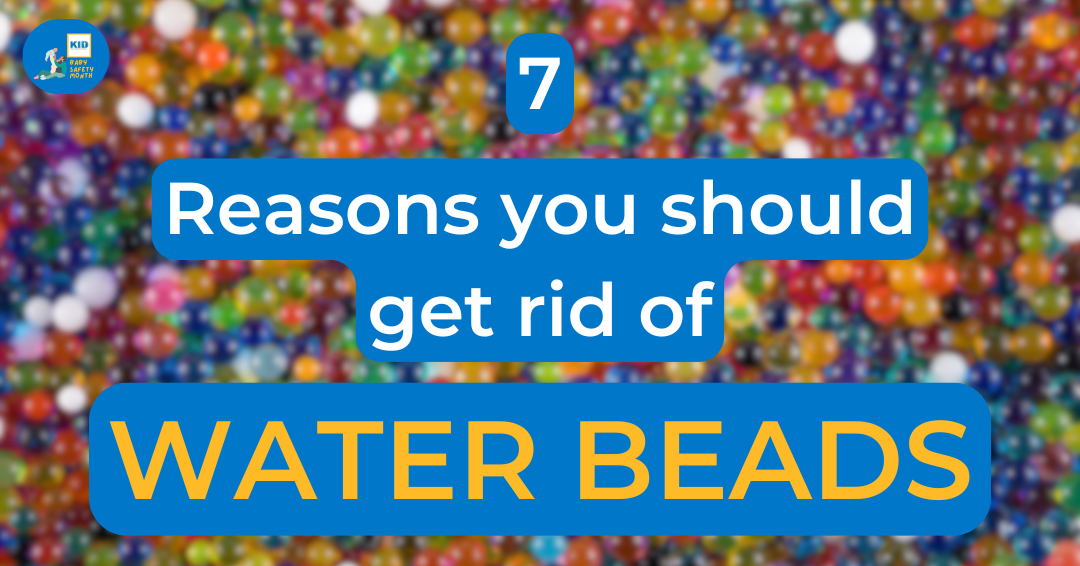
Water beads have become a popular item in schools and sensory play spaces due to their vibrant colors and squishy texture. These tiny balls are made of superabsorbent polymers and can grow up to 1,500 times their size when placed in liquid. If ingested, inhaled, or inserted in ear canals, water beads absorb fluids and can lead to life-threatening injuries, such as intestinal or bowel obstruction, or lung or ear damage. These dangerous products should not be in homes with small children. Below are seven key things to know about these beads and why they can pose a serious danger to your little ones.
1. Water Beads Can Cause Choking
Water beads are typically small when dry, making them easy to mistake for candy, cake sprinkles or tiny beads. If a child swallows a water bead, it can grow and become lodged in the throat, posing a serious choking hazard.
2. They Expand in Water—and in the Body
Children can often find water beads and swallow them without caregivers knowing the child had the opportunity to ingest a bead in the first place. Inside a child’s digestive system, a swallowed bead can expand and cause bowel blockages or other internal injuries. This growth often isn’t immediately noticeable, delaying diagnosis and treatment.
3. Symptoms Can be Confusing
If a child swallows a water bead, symptoms of ingestion might not show up right away. Parents and caregivers may not know something is wrong until the bead has expanded internally, leading to symptoms like vomiting, abdominal pain, and lack of appetite. Doctors might not even know something is wrong because symptoms can mimic other illnesses such as a virus or stomach flu.
4. They Are Difficult to Spot on X-Rays
Water beads are made from a type of hydrogel that does not show up well on traditional x-rays. This can make it difficult for doctors to quickly diagnose the cause of discomfort or blockages in the child’s digestive system, potentially leading to a misdiagnosis or invasive procedures like surgery.
6. Like Glitter, They are Hard to Clean Up
Water beads can be difficult to clean up fully, posing an ongoing risk. Water beads don’t dissolve or break down. Instead, they shrink back to the size of a sprinkle and can be rehydrated again for reuse. These beads can go unnoticed on the floor or in carpets, where they remain a hazard long after playtime is over. Accidental ingestion by curious children is a continuous risk, even when you think the beads have been stored away safely.
7. There Are Safer Alternatives for Sensory Play
Sensory play is essential for children’s development, but it doesn’t have to come with the risks associated with water beads. Many safer alternatives exist, such as play dough, kinetic sand, or even homemade sensory bins filled with rice, dried pasta, or tapioca. These options still offer the tactile and sensory experiences children love without the risks that water beads pose.
Want to Help Make Store Shelves Safer?
U.S. Senators introduced a bipartisan bill, Esther’s Law, which will ban the sale of water beads. Find your Senators’ contact info and call their DC office to ask them to cosponsor Esther’s Law to ban deadly water beads. Here’s a draft script for a call or email to help you out
Learn more about the dangers of water beads in our blog on Correcting Chat GPT Misinformation and follow us on social media @kidsindanger for more water bead content this Baby Safety Month.


0 Comments